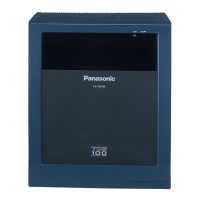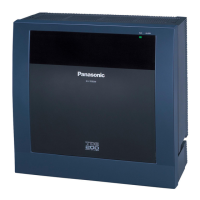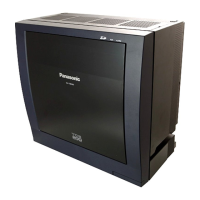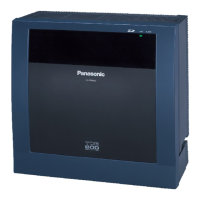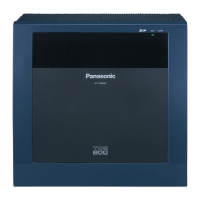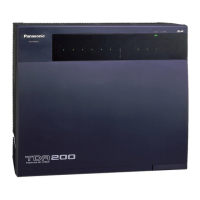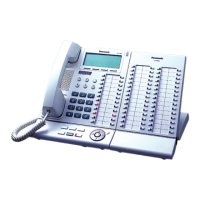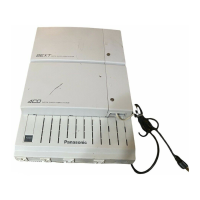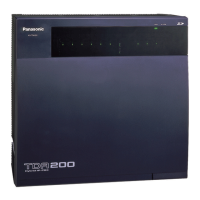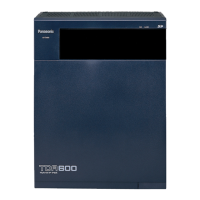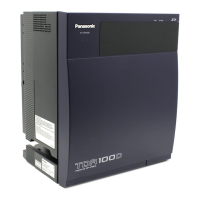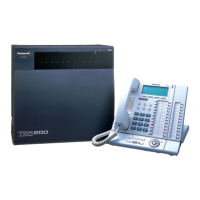Why don't extensions work during a power outage on my Panasonic PBX?
- Ssonya83Sep 12, 2025
During a power failure, if extensions connected to ports 1 to 4 of MSLC16/ SLC16 and ports 1 to 2 of DHLC8/SLC8 cards do not operate on your Panasonic PBX, it could be because a DPT or APT is connected to the extension port and the dialing mode (tone or pulse) is incorrect. Disconnect the DPT or APT and connect an SLT. Set the Tone/Pulse switch to the other position.
